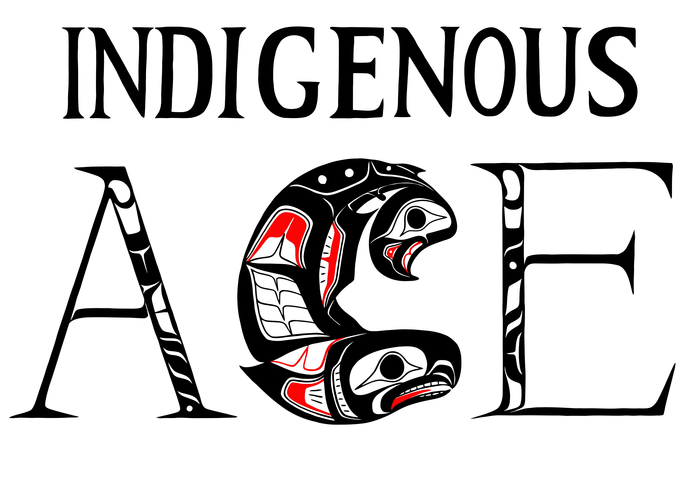An Annotated Guide to Completing the Business Model Canvas Part 4: Value Proposition

Value Proposition:
Once you’ve figured out who you’d like to sell to, I’d recommend moving on to your value proposition – basically this section is about defining the reasons why your customers will choose to buy from you rather than from your competitors. A value-proposition is not just a list of all of your product benefits; it’s a short list of specific deliverables. It’s sort of like a list of promises to your customers; your value proposition is the reason why a customer should buy your product rather than buy your competitors’ products. Thus, it can’t just be a list of everything your product can do, it must be the defining characteristics of your business as a whole. Value propositions might include physical assets that your company has that competitors don’t have access to; it could include human resources like an owner-operator with unique experience and knowledge in the industry; it could include unique or patented product benefits or the like.
While another company can copy your social media marketing strategy, no one can easily copy your employees’ knowledge, your patented ideas/processes, your branding, or your reputation. Think in terms of these “uncopyable” elements of your business when defining your value proposition. They don’t have to be completely, 100% unique, but they may be unique to your geographic market for example.XLLS
To fill this one out, look over at your “Customer Segments” section and review who you’ve chosen to focus your resources on. Now think about what these customers really care about. Are they price-sensitive? Do they care about things like local production, Indigenous ownership or effective sustainability practices? Do they care enough to actually pay more for these elements? Whatever it is that your customers care about, that is what you should be delivering as your value proposition. Customer Segments and Value Propositions are two sections of the business model canvas that must work in sync. For example, if you offer high quality products and focus on next-day delivery (at a high cost) but your target customers are very price sensitive, you simply aren’t offering your customers the right kinds of value. If you’ve completed a perceptual map for your business idea already (article coming soon), think about the two axes on your map – these axes should probably be a part of your value proposition.
Examples of value proposition for an organization that sells extra-large sized athletic cleats for men and boys online might include:
- Lenient return policy (pre-paid postage and return box provided)
- Unique sizes/half-sizes available
- Pop-up locations where customers can try on cleat prototypes
- Reliable, effective website with quality customer support
Your value proposition is an important part of the fabric of your organization; it should be the thing you do best, or the reason that customers choose you. 3-4 value propositions is plenty – just make sure each item you write in here is:
- Achievable
- Relevant to customer wants/needs
- Unique to your business idea.
You can get a blank Business Model Canvas at the link below!

